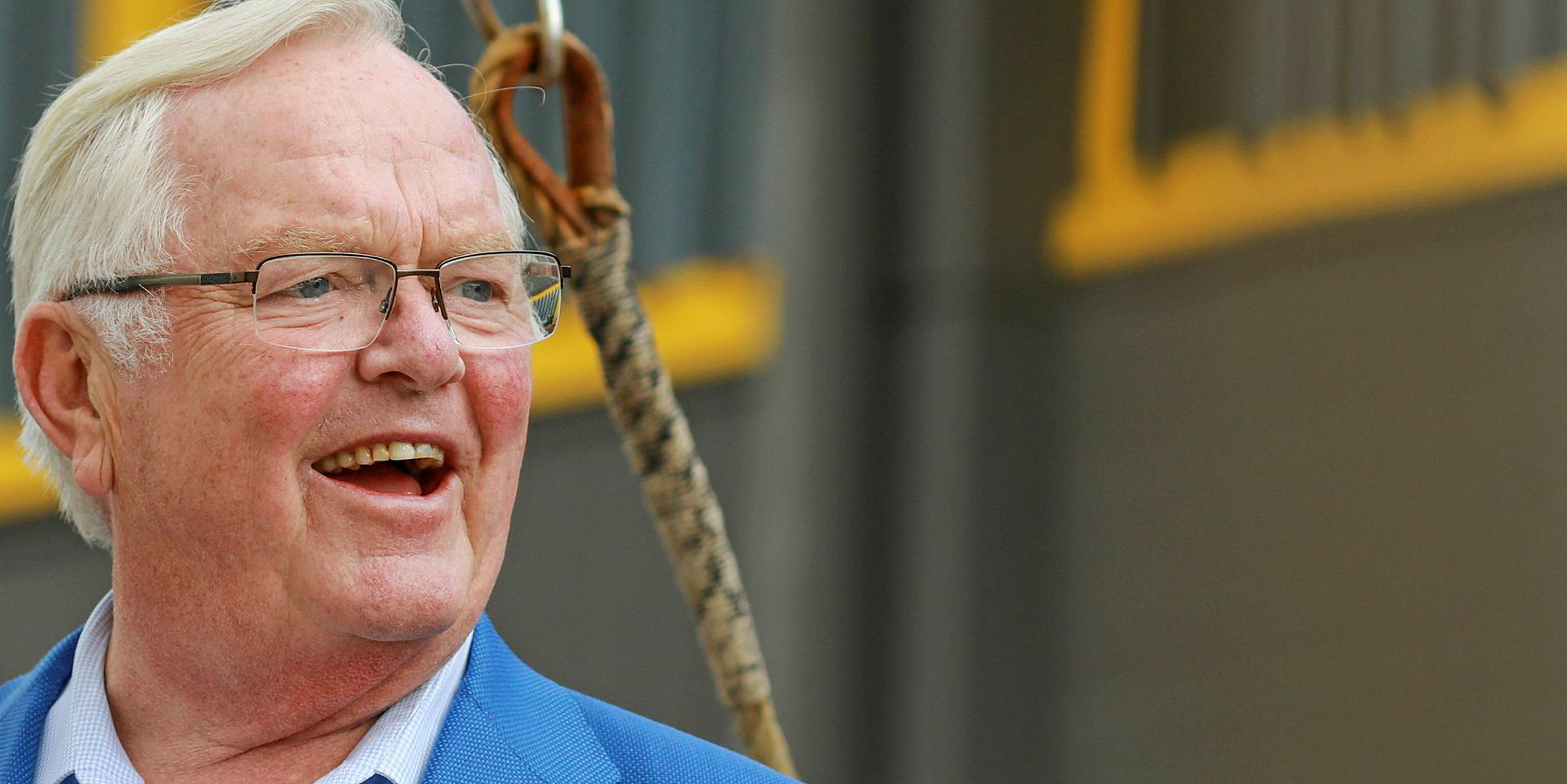Shares of US-listed tanker owners traded at what may be the highest volumes ever on Tuesday, averaging 7.3m shares as investors reacted to turmoil in oil markets and floating storage dynamics.
"This was the highest daily volume since at least January 2007 and I feel confident it's the highest ever," Jefferies lead shipping analyst Randy Giveans said in an interview after the market closed on Tuesday.
But strangely enough, several prominent companies such as Frontline and Euronav handed over early gains and finished down on the day, creating a mixed bag for the 10 listings under Jefferies' coverage.
Profit-taking was the only logical explanation, Giveans said.
"That's pretty mind-boggling — it doesn't make much sense," Giveans said in an interview with TradeWinds after the market closed.
"You had some profit-taking for sure. Euronav and Frontline are arguably the biggest beneficiaries of a widening contango curve, VLCC rates are up and those two companies have the biggest exposure to that market."
Yet Frontline dropped 2% and Euronav 1%, joining Diamond S Shipping (1%) in red numbers.
The day's gainers included Nordic American Tankers (NAT) and Tsakos Energy Navigation (4%), DHT Holdings (3%), and International Seaways (1%).
On the clean side, Ireland's Ardmore Shipping climbed 4% and Scorpio Tankers gained less than 1%.
But the real story was in the volumes, with the 7.3m average one day after the same owners turned over 6.9m shares.
For perspective, the same companies have a one-month average volume of 3m shares, a three-month figure of 2.2m and a six-month line of 1.7m units.
Investors reacted on a day when oil prices continued to bleed, with Brent crude June futures down 26.2% and WTI June contracts off 34%.
Floating storage is expected to further boost a raging rates market, with Evercore ISI estimating one-third of all capacity will be taken, and Value Investors Edge projecting 150 VLCCs will be needed.
That is where Euronav and Frontline come in.
Giveans estimates that Euronav has 40 to 44 VLCCs on the spot market and available for employment, while Frontline has 20 to 23. This is based on latest available information, exclusive of any unreported fixtures.
DHT Holdings has 17 of its 27 VLCCs available as it has taken period fixtures on the balance, he said.
But what company had the biggest movement in price and volume on Tuesday?
Herbjorn Hansson's NAT, which has no VLCCs but a fleet of suezmaxes.
The darling of retail investors and cable television financial shows traded 25m shares — more than six times its 180-day average daily turnover.
Contango curve sends earnings soaring
Giveans said in a note on Wednesday that Brent prices are key for tankers as floating storage economics are derived from the shape of the Brent forward curve.
"As such, yesterday's 25% drop in Brent June prices resulted in a steeper contango, increased floating storage demand, and substantial increases to spot and time charter rates," he said.
The "history-making" contango has resulted in record floating storage, with more VLCC floating storage fixtures booked in the past four weeks than in the past four years combined, Giveans added.
"The amount of oil stored at sea has increased to 250m barrels, which is the equivalent of 125 VLCCs and vastly exceeding the record of 150m barrels seen in 2015."
Although tanker equities have recovered off the lows in late-March, the sector average is down 20% from the highs in early-January, he said, despite one-year and three-year time charters well above the levels in January and at the highest levels since 2008.
The all-in cash break-even for a typical VLCC is about $25,000 per day. At $200,000 per day, a vessel will earn $16m in free cash flow in one quarter.
"Additionally, some of these companies are set to generate more Ebitda in the second quarter than they generated in all of 2017 and 2018," Giveans said.






